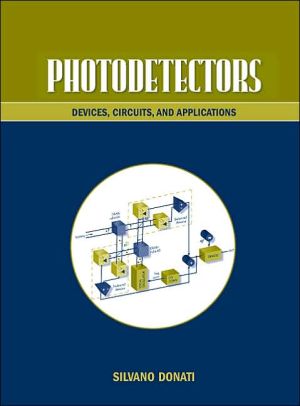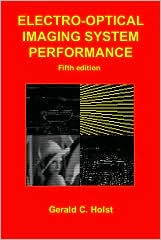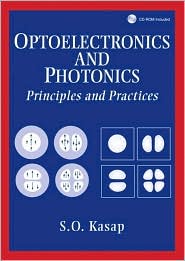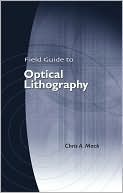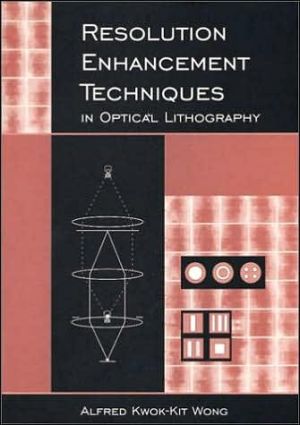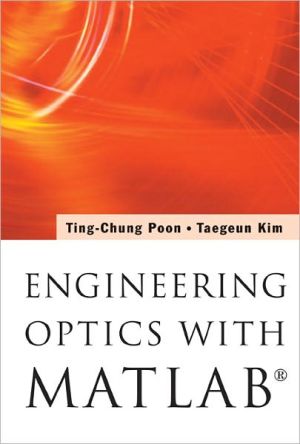Physics of Optoelectronics
Physics of Optoelectronics focuses on the properties of optical fields and their interaction with matter. Understanding that lasers, LEDs, and photodetectors clearly exemplify this interaction, the author begins with an introduction to lasers, LEDs, and the rate equations, then describes the emission and detection processes.\ The book summarizes and reviews the mathematical background of the quantum theory embodied in the Hilbert space. These concepts highlight the abstract form of the linear...
Search in google:
Physics of Optoelectronics focuses on the properties of optical fields and their interaction with matter. Understanding that lasers, LEDs, and photodetectors clearly exemplify this interaction, the author begins with an introduction to lasers, LEDs, and the rate equations, then describes the emission and detection processes.The book summarizes and reviews the mathematical background of the quantum theory embodied in the Hilbert space. These concepts highlight the abstract form of the linear algebra for vectors and operators, supplying the "pictures" that make the subject more intuitive. A chapter on dynamics includes a brief review of the formalism for discrete sets of particles and continuous media. It also covers the quantum theory necessary for the study of optical fields, transitions, and semiconductor gain. This volume supplements the description of lasers and LEDs by examining the fundamental nature of the light that these devices produce. It includes an analysis of quantized electromagnetic fields and illustrates inherent quantum noise in terms of Poisson and sub-Poisson statistics. It explains matter-light interaction in terms of time-dependent perturbation theory and Fermi's golden rule, and concludes with a detailed discussion of semiconductor emitters and detectors.
Ch. 1Introduction to semiconductor lasersCh. 2Introduction to laser dynamicsCh. 3Classical electromagnetics and lasersCh. 4Mathematical foundationsCh. 5Fundamentals of dynamicsCh. 6LightCh. 7Matter-light interactionCh. 8Semiconductor emitters and detectorsApp. 1Review of integrating factorsApp. 2Rate and continuity equationsApp. 3The group velocityApp. 4Review of probability theory and statisticsApp. 5The Dirac delta functionApp. 6Coordinate representations of the Schrodinger wave equationApp. 7Integrals with two time scalesApp. 8The dipole approximationApp. 9The density operator and the Boltzmann distribution

